- Home
- Home Insulation
- Cavity Insulation Problems (Part 2
Problems With Cavity Wall Insulation (Part 2)
Before I get into part 2 of the problems with cavity wall insulation, if you haven't read the first part of this article you can read part 1 here. Which covers damp penetration into cavities and how this affects different types of insulation.
The next of the cavity wall insulation problems I'm going to cover is:
Poorly Fitted Insulation:
Coincidentally, this issue also tends to affect houses that have been retrofitted with blown in fibre insulation such as mineral wool and fibreglass wool more than houses treated with EPS (expanded polystyrene) beads.
The reason why fibre type insulation tends to be affected more than glued EPS beads is due to its physical properties. If you imagine how rough the inside of a cavity can be with the edges and surfaces of rough bricks or blocks, metal wall ties across the cavity, spots of mortar and many sharp edges etc.
Now think about how the fibre insulation is installed. The installers drill lots of holes in the outside of the wall and blow in the mineral fibre until that section is full before moving on to the next hole. The difficulty is that all that fluffy insulation catches on all the sharp edges within the cavity and you can end up with voids.
Yes the insulation companies will drill more holes when fitting mineral wool when compared to installing EPS beads in order to try and minimise the risk of this happening but it does still happen.
Can It Be Fixed?
The only way to “fix it” is to establish where the empty areas are and then pump more into these areas. However this would still leave you with fibre insulation and its increased risks of moisture penetration as we’ve already discussed in part 1 of this article.
Alternatively, the more expensive option would be to have the mineral fibre insulation removed and then either leave it uninsulated or replace the cavity wall insulation with glued EPS beads or insulate internally or externally.
Poorly fitted EPS Beads:
EPS beads can also be poorly fitted.
- Non-glued beads - Years ago EPS beads were just blown in without being glued and if you ever had to carry out work that meant cutting or drilling into the cavity you could end up with a bucketful (or much more) of polystyrene beads on the floor.
I’ve also seen cases where the EPS beads have partly filled the roof void or suspended timber void between floors etc. So over time you can lose your beads and your thermal efficiency. - Glued EPS beads - glue is added to the beads on site just before they’re pumped into the cavity so there is always a risk of human error where not enough glue is added. There’s also a possibility that a void may form as they’re installed into the cavity and if you own a semi-detached house or a terrace and your neighbour doesn't have it installed at the same time a lot of your insulation will fall into their cavity.
wall Tie Corrosion:
Wall ties are little strips of metal which tie the inner and outer leafs of the cavity wall together and stabilise the entire wall. Needless to say, they’re very important.
They’re quite expensive to replace and you can't see they’ve failed until they’re pretty far gone and horizontal cracks start to appear.
So how is cavity wall tie failure Linked to Problems With Cavity Wall Insulation?
If your cavity is full of insulation and no moisture (water or water vapour) is getting into the cavity then you’re probably going to be fine.
However if moisture is getting into the cavity the insulation can hold that moisture against the metal wall ties and speeding up the rusting process.
Spray Foam Insulation:
While we’re talking about problems with cavity wall insulation it’s worth mentioning spray foam or expanding foam insulation. This method is being used more and more following its popularity in the USA and we now have companies popping up all over the place offering this as a method of retrofit cavity wall and loft insulation.
I’ve covered it in more detail here so I’ll be brief. It involves the fitters mixing two chemicals which then go through a chemical reaction as it’s being pumped into the cavity and the result is a foam which expands to many times it’s own size and forms the insulation.
Historically spray foams all tended to break down and shrink over time and the fact that chemicals continue to be released during the curing process means I personally am not a fan.
Alternatives to Retrofit Cavity Wall Insulation:
If the problems with cavity wall insulation I've covered here have put you off insulating them don't panic there are still alternatives you could still add internal insulation or external insulation.
Both these methods allow you to add additional insulation without compromising the cavity. Both methods will be substantially more expensive than cavity fill insulation with external insulation being the most expensive.
Conclusion:
Hopefully you’re now aware of the biggest problems with cavity wall insulation so you’re in a better position to decide if you want to go ahead and get it installed or not.
There are risks involved with retrofit cavity wall insulation but there are ways of minimising that risk. So get your house surveyed properly to include cavity wall tie condition and the overall wall condition before making your final decision and check where you are on the British Standard Wind Driven Rain Index (there's a map included in part 1 of this article).
Most people don't understand that problems with cavity wall insulation can also be down to defects in the building itself.
If your wall is in poor condition i.e. cracking to render, spalled (blown) bricks etc. Plus driving rain can get through a well maintained facing brick wall. These defects can all allow moisture into your cavity where it will cause problems when it comes into contact with cavity fill insulation. So get the defects repaired before considering retrofit cavity fill insulation.
If you’re having problems with cavity wall insulation and if it’s damp related look at the area where the issue appeared. Then try to track the issue back to a moisture source or defect in the wall.
Are there any signs of building defects. Bear in mind the source of the damp could be quite a bit away from the problem as water can often travel some distance before it makes itself visible.
If there are no obvious signs of building defects do you know what type of insulation is in the cavity. If it’s a fibre type insulation such as mineral fibre or fibreglass wool there’s no way of drying it out and you'll likely need to have it removed. If it’s EPS beads and won’t dry out then you likely have a steady source of moisture from somewhere.
Regardless of the type of insulation you have, if it’s down to a building defect such as poorly finished parapet walls allowing moisture in at the top of the wall, poor pointing, faulty rain water goods etc. you must repair the issue otherwise it will never go away.
If you haven't read Part 1 of this article on problems with cavity wall insulation you can read it here.
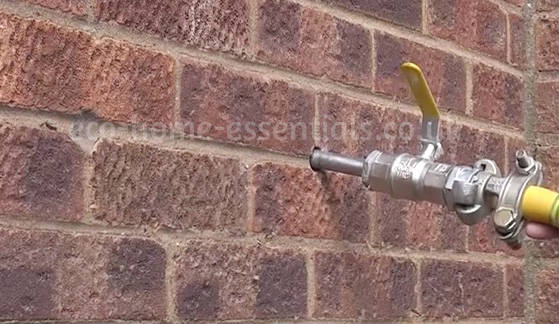
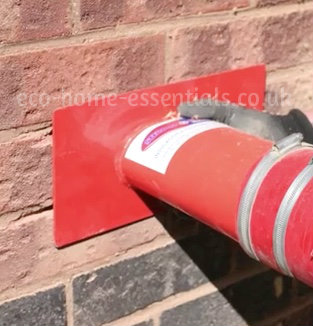
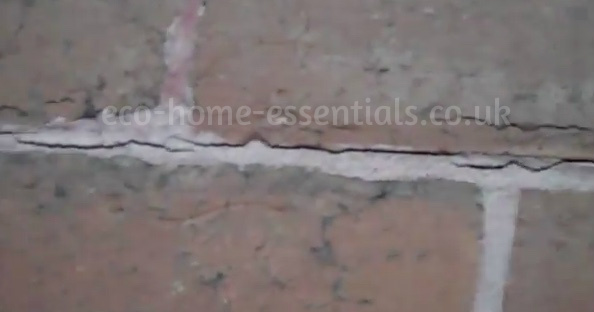
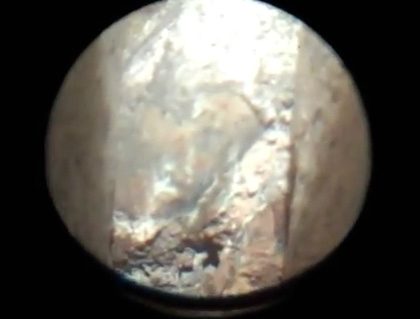

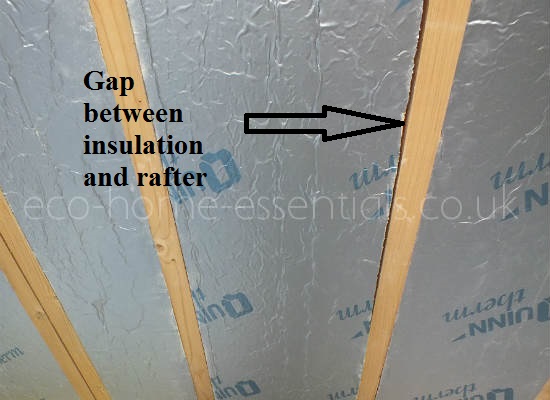
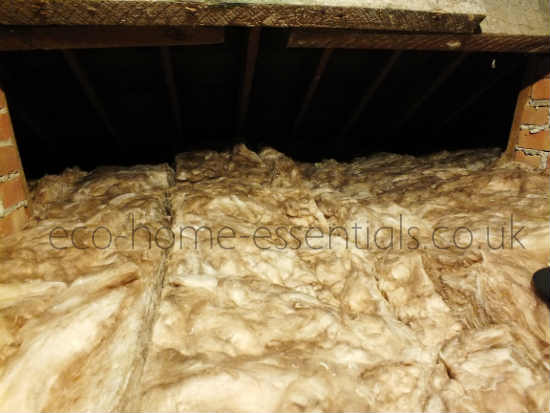
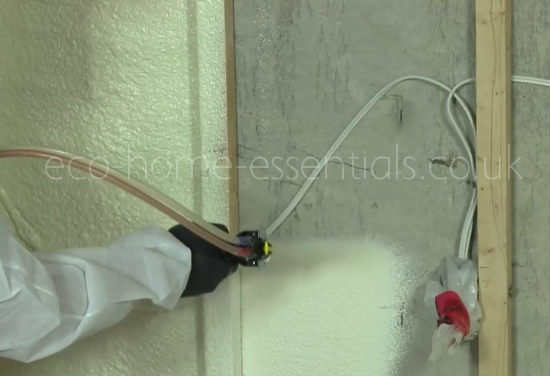
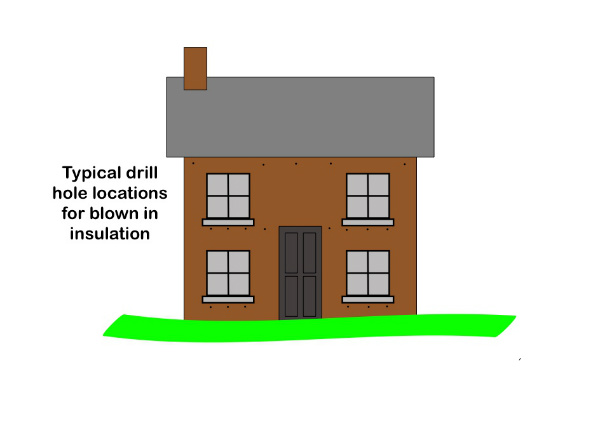
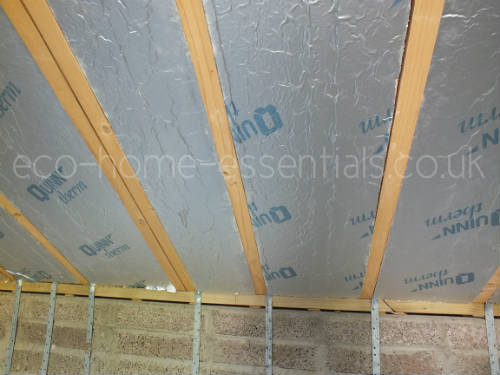
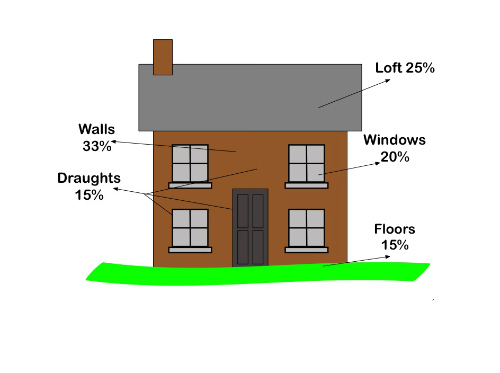
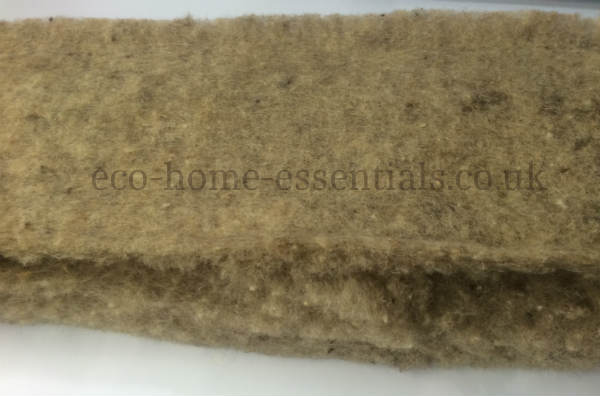
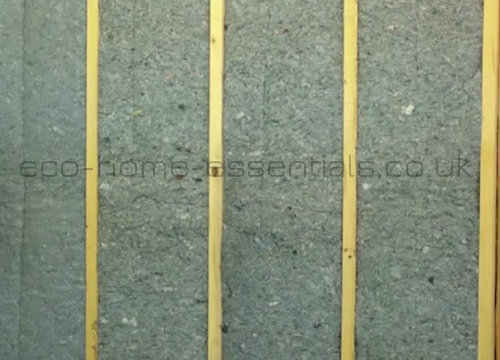
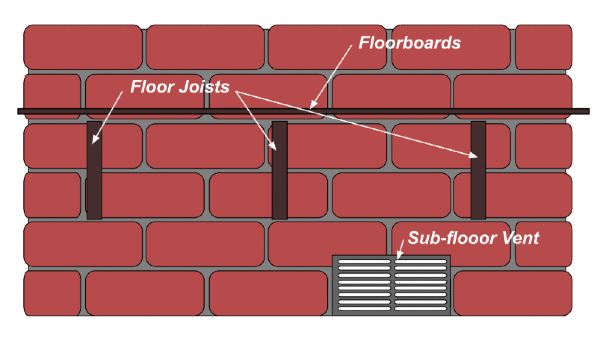
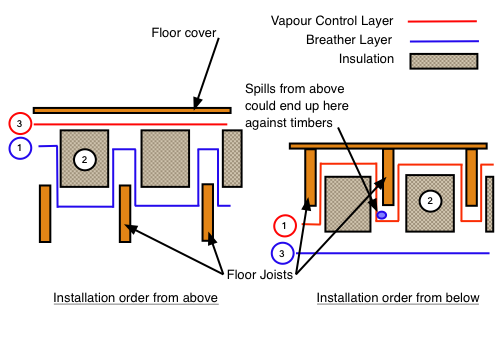
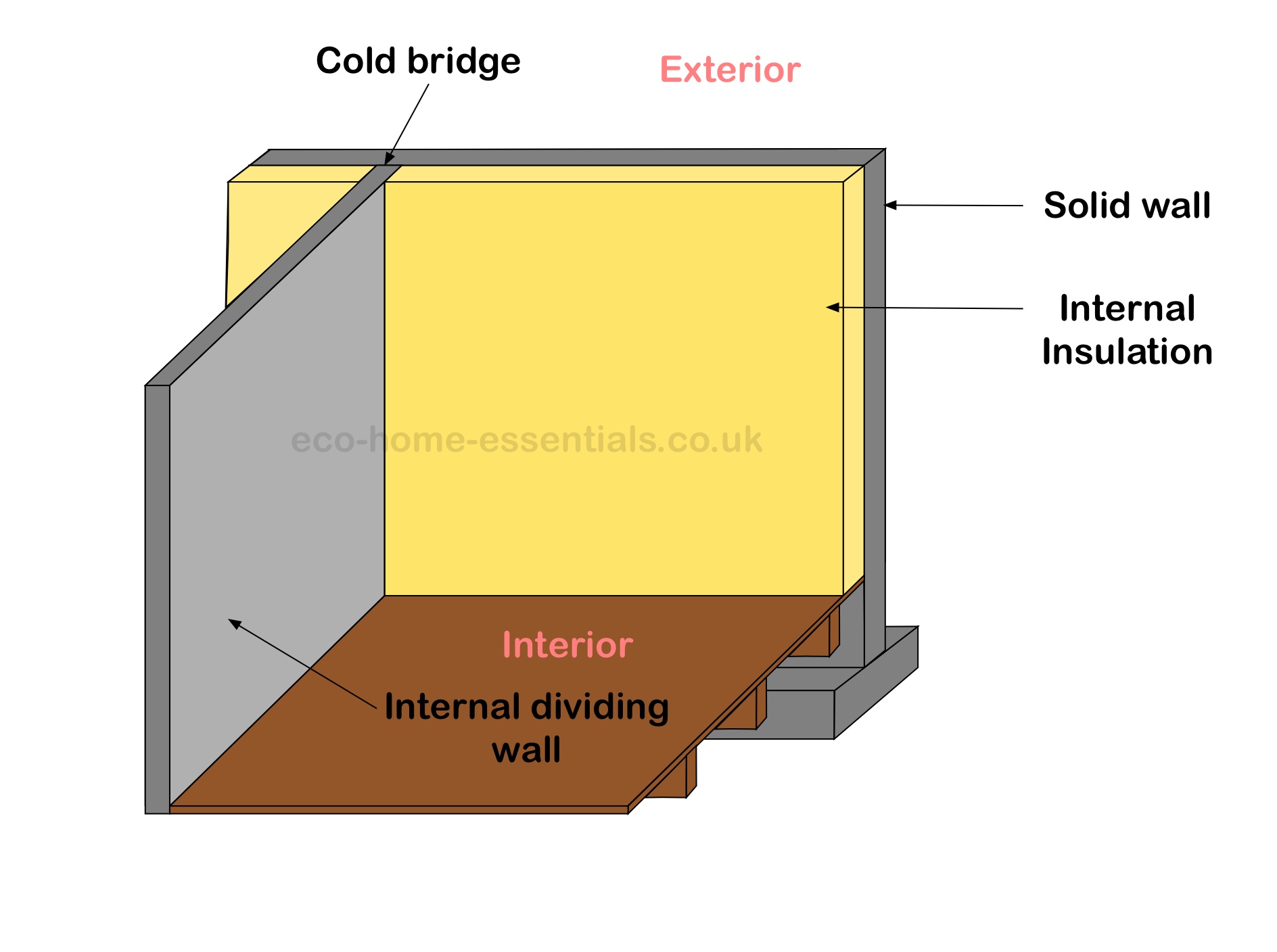
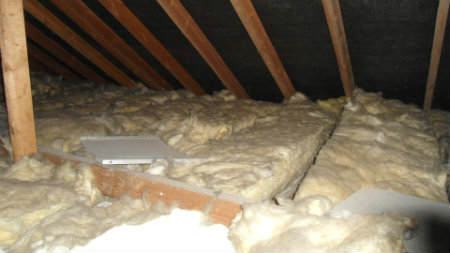
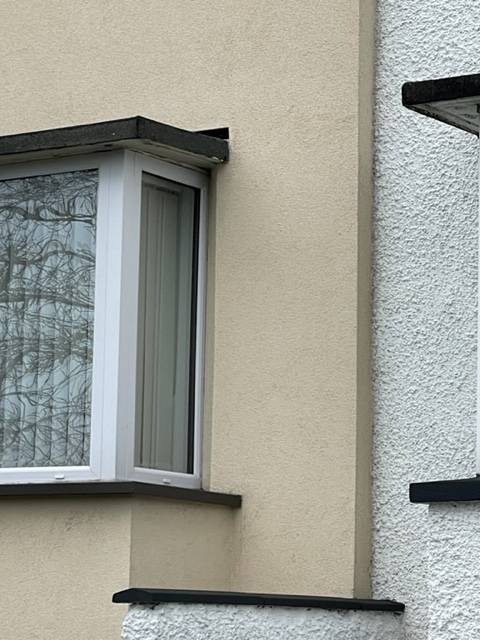
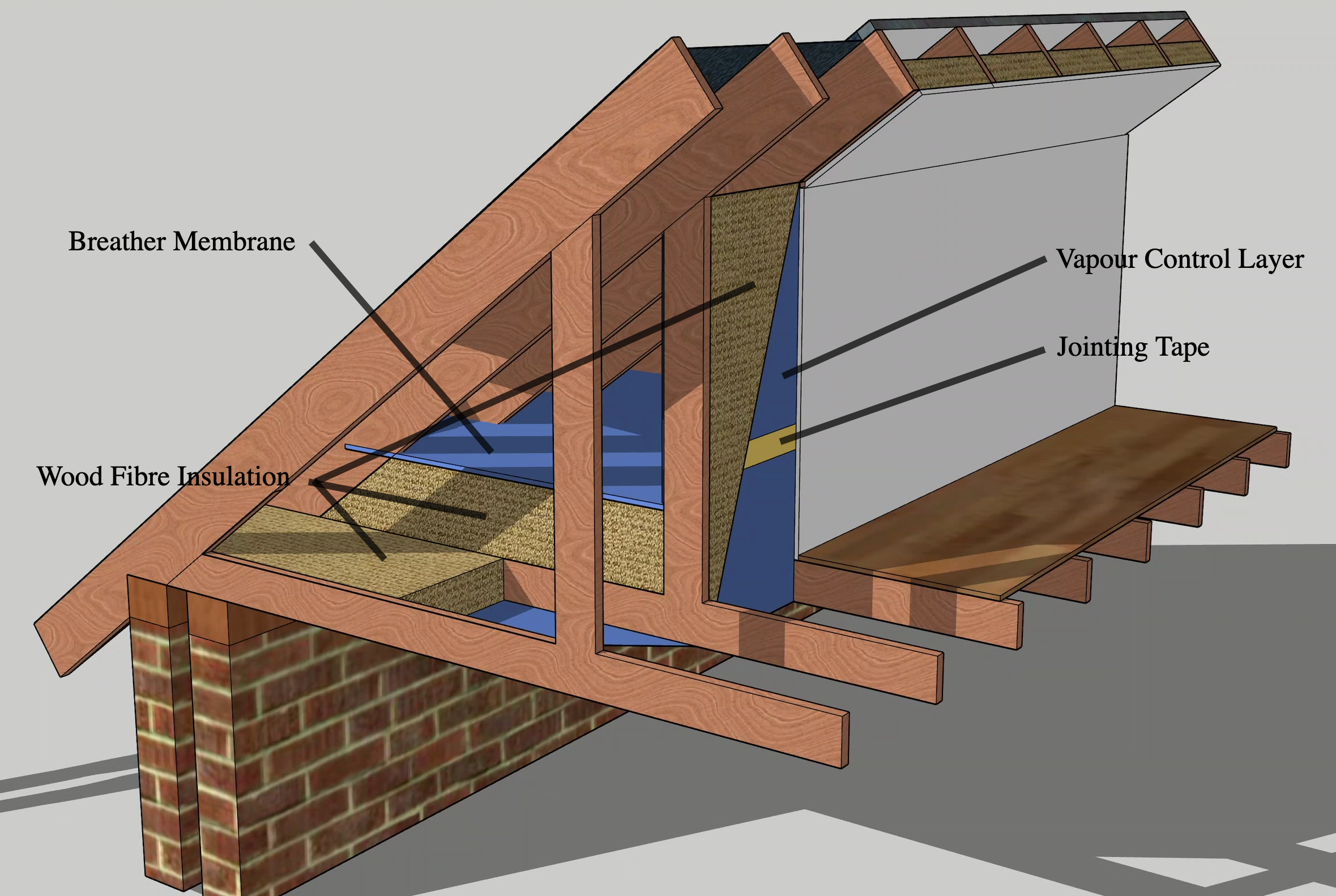
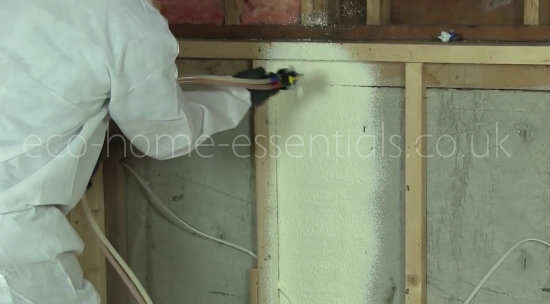
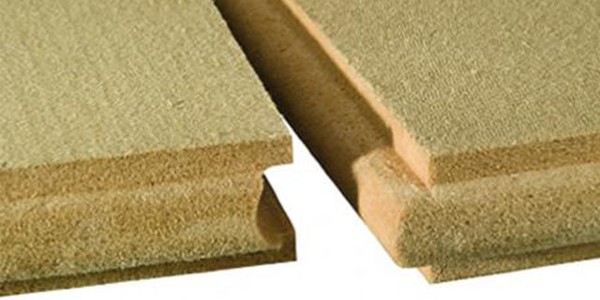
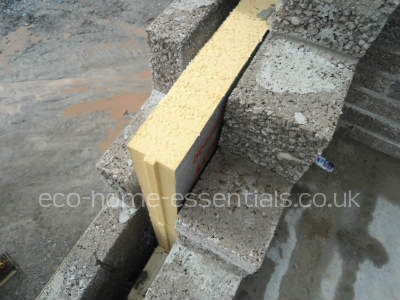







New! Comments
Have your say about what you just read! Leave me a comment in the box below.